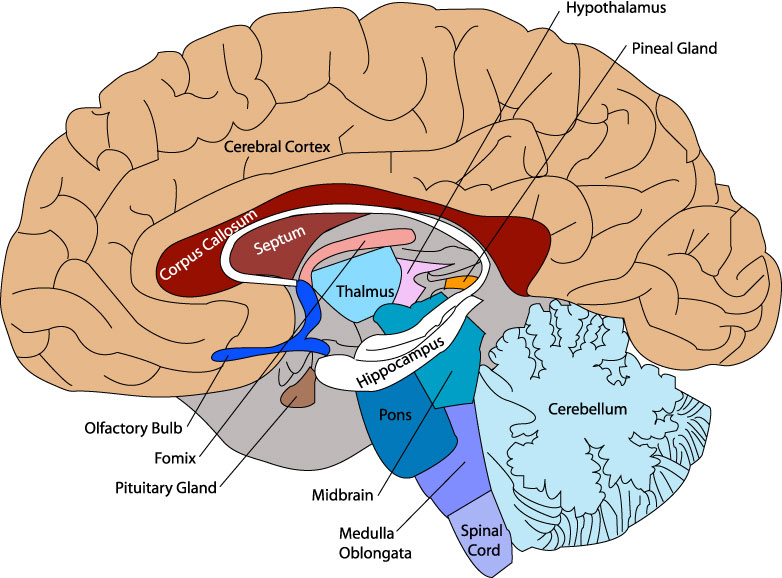 The sobering statistics regarding the abuse of an addiction to opiate drugs is astounding. As the latest opiate addictive statistics divulge, Heroin is the most widely used illegal opiate but prescription opiate killers like Oxycontin, Morphine, Oxycodone, etc. are just as dangerous. Opiate addiction is recognized as a central nervous system disorder which leads to potentially fatal diseases that requires long term treatment and care. Most people become physically dependent on the drug with the very first or second use.
The sobering statistics regarding the abuse of an addiction to opiate drugs is astounding. As the latest opiate addictive statistics divulge, Heroin is the most widely used illegal opiate but prescription opiate killers like Oxycontin, Morphine, Oxycodone, etc. are just as dangerous. Opiate addiction is recognized as a central nervous system disorder which leads to potentially fatal diseases that requires long term treatment and care. Most people become physically dependent on the drug with the very first or second use.
What is Opiate Addiction?
Prolonged use of opiates leads to nerve damage within the brain, stopping the natural painkillers known as endorphins to do their natural pain relieving process. Hence, the body is incapable of reducing or masking pain. Thus further degeneration of the nerve cells that reduce pain results in physical dependency on opiates as an external supply source. This leads to opiate addiction.
Opiate Withdrawal
Long term opiate abuse leads to physical dependency which is barred by what is known as opiate withdrawal. The physical and psychological illness that is associated with the sudden withdrawal of the drug is difficult and potentially deadly to cope with for the patient. Addicts who try to stop using find themselves going back to the drugs just to make the unpleasant withdrawal symptoms like diarrhea, cramps, excessive sweating and nausea, go away.
What are opiates’ short-term effects?
After the initial euphoric feeling from the drug that lasts several hours, other less-enjoyable short term effects include:
- Vomiting
- Restlessness
- Nausea
- With large doses, user cannot be awakened, pupils become smaller, and the skin becomes cold, moist and bluish in color. Breathing slows down and can lead to death.
- Clogging of the blood vessels that lead to the lungs, liver, kidneys or brain, causing infection or death.
- Liver and heart and disease
- Physical dependence and addiction, including severe withdrawal symptoms when the user attempts to quit.
- Higher tolerance to the drug that makes the user ingests higher doses, ultimately increasing the risk of a fatal overdose.
Opiates’ long-term effects:
Astonishing Statistics
The world Health Organization (WHO) estimates approximately two million people in the United States alone are addicted to Prescription opiates.
The National Institute on Drug Abuse reports that an estimated 52 million people (20 percent of those aged 12 and older) have used prescription drugs for nonmedical reasons at least once in their lifetime. About 1 in 20 high school seniors reported abusing OxyContin. The latest statistics clearly show that opiate addiction is a problem that needs to be tackled.
Opiate Addiction Treatment
As prescription opiates are legal and intended for medical use, this addiction can be overlooked. Suboxone drugs are used to help addicts overcome the addiction. However, the process is often difficult and painful and it is essential for patients to take these drugs under medical supervision. A reputable drug rehabilitation center is the best approach to effectively overcome opiate or any other drug addiction.




